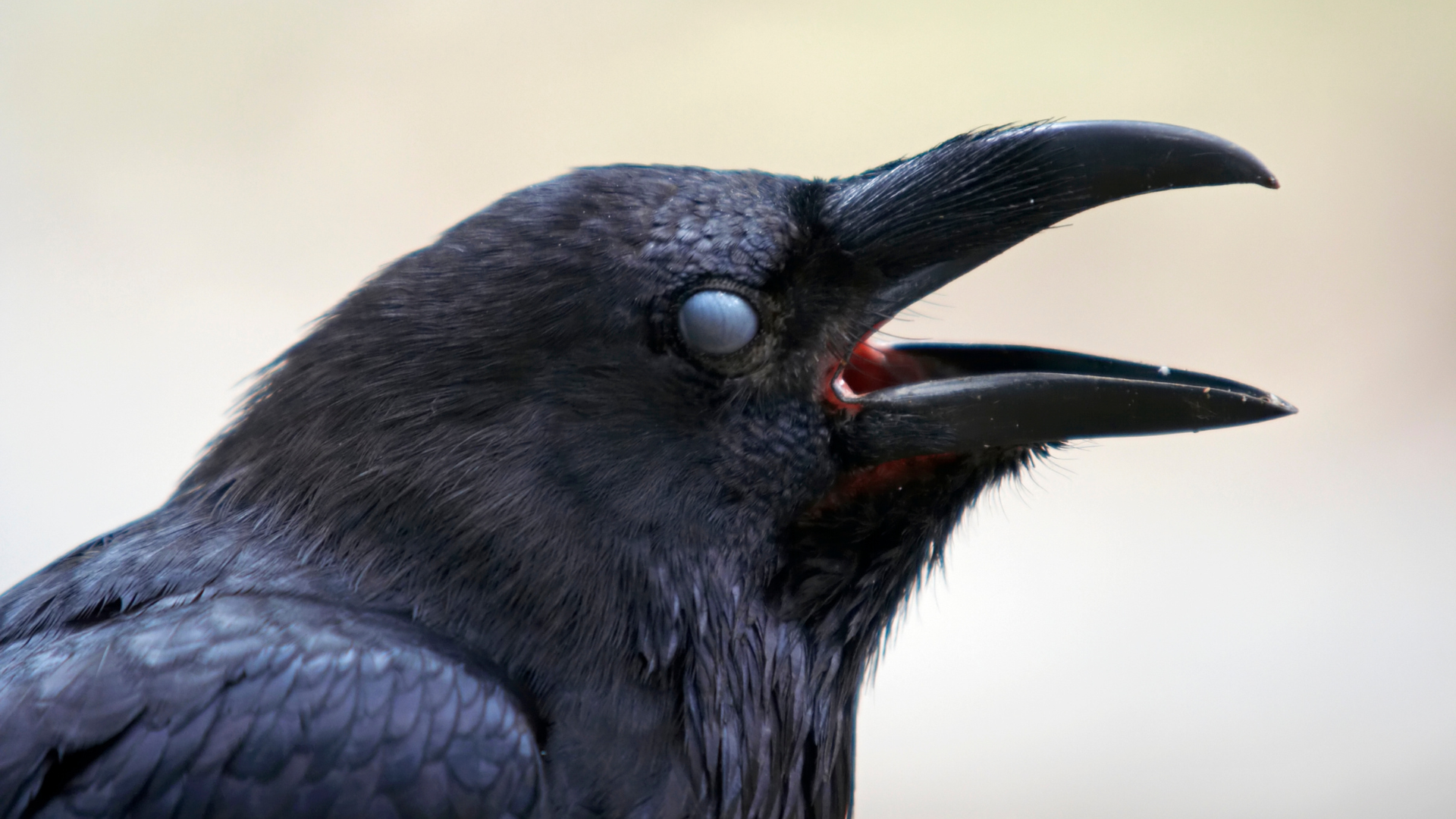The Little corella (Cacatua sanguinea), sometimes called the short-billed corella or bare-eyed cockatoo, is a white bird native to Australia and southern New Guinea. This bird has deep cultural ties to the Yindjibarndi people, who know it as Birdirra. They kept them as pets, used their feathers in ceremonies, and even included them in their diet. Today, little corellas are common across Australia. You’ll see them everywhere, from the dry outback to busy cities, often gathered in large, noisy flocks.
Description
Size
The little corella is a small white cockatoo, measuring between 35 and 41 cm in length. It typically weighs anywhere from 370 to 630 grams, with an average weight of about 525 grams. This compact size makes it one of the smaller cockatoo species.
Plumage
This bird's feathers are mostly white, with a hint of pink around the lores. It also has a pale blue ring around its eyes, giving it a unique look. The overall plumage gives it a clean and bright appearance.
Unique Features
A key characteristic of this bird is its short bill, making it simple to distinguish from species like the long-billed corella. Another difference is the absence of an orange throat bar, which some cockatoos have. There are also slight colour differences across subspecies, particularly around the eyes and feathers.
Sexual Dimorphism
Females are slightly smaller than males in terms of weight, wing length, and other measurements, but overall, both sexes look quite similar.
Habitat
Distribution
The Little Corella is native to Northern Australia, particularly in regions like the Cape York Peninsula, and also found in parts of New Guinea. This bird easily adjusts to different environments, from dry desert areas to coastal plains.
Preferred Environments
These cockatoos are comfortable in a variety of settings, from the dry outback to bustling cities like Melbourne, Sydney, and Brisbane. They frequently settle in farmlands and urban parks, where they forage for food.
Behavioural Adaptation
In some areas, Little Corellas are considered pests, particularly in agricultural zones where they feed on crops. Their ability to adjust to different environments, including urban ones, has contributed to their growing numbers in places where they were less common before.
Diet
Primary Diet
Little Corellas have a varied diet, eating both wild and cultivated seeds. They often feed on grains like wheat, barley, and maize. This flexible eating habit helps them adapt to different environments, whether rural or urban.
Foraging Behaviour
These birds prefer to forage on the ground, where they search for seeds and other food. Sometimes, they feed in trees and shrubs but generally stick to the ground. Their feeding habits often lead them into open spaces like parks and fields.
Human Interaction
In cities, little corellas frequently feed on lawns, which can cause issues for residents. In rural areas, they are known to damage crops, leading to conflicts with farmers trying to protect their fields from large flocks.
Behaviour
Flocking
Little Corellas gather in large, loud flocks that often include other cockatoos like the Galah or sulphur-crested Cockatoo. These flocks are known to travel long distances between roosting and feeding spots, especially in search of food and water. In desert regions, they sometimes fly for miles to reach a reliable water source.
Nesting
From May to October, Little Corellas nest in tree hollows, cliff cavities, or even termite mounds. They prefer sheltered spots that protect their eggs and young from predators and the elements.
Play
Playfulness is a key part of their social life. You'll often see them hanging upside down from branches, using their feet, beaks, or both. Their playful energy is contagious, filling the air with excitement.
Vocalisations
Their high-pitched calls are unmistakable, especially when a large group calls out together. The noise from a flock can be heard from miles away, creating a deafening screeching sound.
Aviculture
This bird is known for its clear mimicry skills and forms strong connections with its owners, similar to other cockatoos. In the aviary, aggression towards other birds may be observed in the western corella. Compared to the little corella and long-billed corella, it is less frequently found in aviculture.
The Noongar peoples have used the feathers of this bird to decorate headbands or for personal adornment in their hair. While there are no recorded instances of Indigenous Australians in South-west Australia eating this corella, it is presumed that they might have used techniques like luring a wounded bird near water as a decoy. Early reports from English colonists noted that this species was considered a delicious meal.
Status and Conservation
This species remains generally uncommon, with an expanded range noted in recent decades. BirdLife International classifies it as of least concern. The nominate subspecies, Muir's corella, appears relatively rare, with an estimated population of around 3,000 individuals and a designation as nationally vulnerable.
Similar Species
Long-billed Corella
The Long-billed Corella looks similar to the Little Corella but is larger and features an orange throat bar. This orange marking helps distinguish it from its smaller counterpart.
Western Corella
The Western Corella is another close relative. It is smaller than the Little Corella and has different colours on its flight feathers.
Key Differences
To tell these species apart, pay attention to bill size, throat markings, and habitat choices. The Long-billed Corella has a longer bill and an orange throat bar, while the Western Corella displays unique feather coloration.




